Rail safety investigation identifies failures that caused two trains to almost collide in Derbyshire
and live on Freeview channel 276
The Rail Accident Investigation Branch (RAIB) published their findings on Monday, October 23, almost exactly a year on from the incident which occurred on October 26, 2022.
Summarising the report, chief inspector Andrew Hall said: “The incident at Wingfield has echoes of the tragic accident at Clapham Junction nearly 35 years ago. Even more worryingly perhaps, it also has echoes of a more recent collision at Waterloo in 2017 and a derailment at Dalwhinnie in 2021.
Advertisement
Hide AdAdvertisement
Hide Ad“All these events involved a signal that should have been displaying a red aspect to protect against an unsafe situation but was not doing so. In each case, this was due to a fault being introduced in the signalling system’s wiring and then not being detected by testing, after work on the system had been undertaken.”
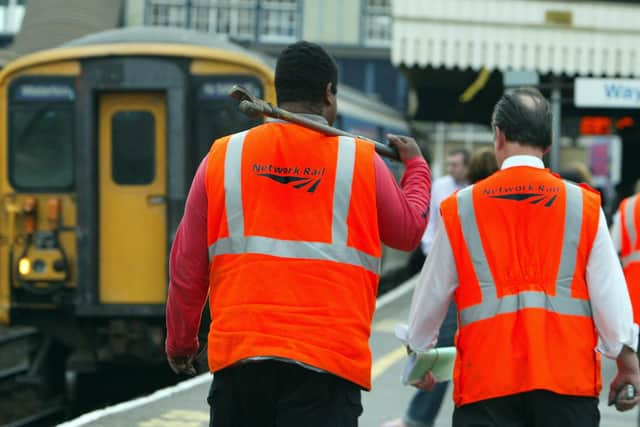

The Clapham Junction rail crash happened in 1988, killing 35 people and injuring 484, when a crowded commuter service crashed into the back of another train which had stopped on the track, which then collided with a third train coming in the opposite direction. The cause on that occasion was traced back to wiring issues which led to an incorrect signal to one of the drivers.
In the South Wingfield case, the potential danger arose at 7.02am when an empty seven-car train travelling from Derby to Sheffield at 100 miles per hour unexpectedly encountered a red stop signal between Wingfield tunnel and the Clay Cross South junction, having just previously passed one with a green light, indicating it was safe to proceed.
While the driver did stop as quickly as possible – about 760 metres beyond the signal – and reported the situation, about 17 minutes later a two-car passenger service bound for Sheffield arrived at the same signal which was now showing a yellow light – an instruction to proceed with caution.
Advertisement
Hide AdAdvertisement
Hide AdSlowing to 20 miles per hour, it was only when the driver could see the tail lights of the first train that they brought it to a complete halt, with about 75 metres separating the two vehicles.
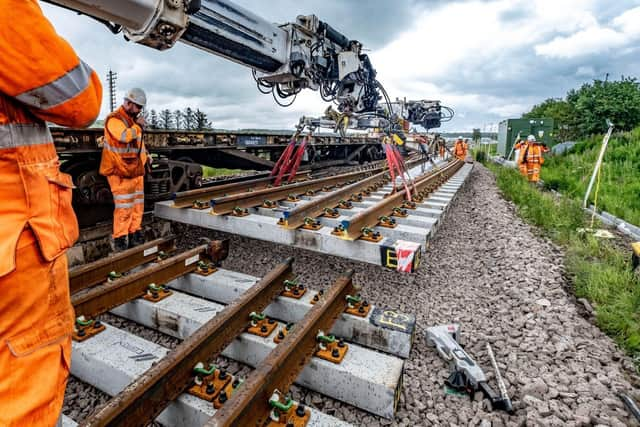

Inspectors judged the actions of the second driver and signallers at the East Midlands Control Centre were the biggest factors in avoiding significant consequences from the incident.
The investigation found that an automated signal had conveyed incorrect instructions to the drivers of both trains, as the wiring controlling its red and yellow aspects was crossed on two terminals in a nearby equipment cabinet
This cable had been disconnected and reconnected during track engineering work carried out the previous night, which was not identified when the signal was tested afterwards. The report notes there were four opportunities for the wiring problem to have been identified, all of which were missed.
Advertisement
Hide AdAdvertisement
Hide AdIt concludes that the testing procedure had been affected by a combination of time pressure and workload and possibly by unfamiliarity with the configuration of the signalling equipment.
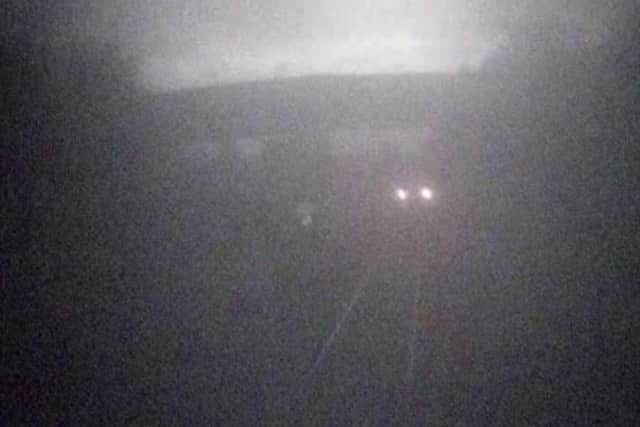

It added that crucial elements of the work were carried out by contractors not yet subject to the same safety monitoring processes as staff directly employed by Network Rail, which is responsible for managing infrastructure across the country.
Mr Hall said: “The railway implemented very significant changes to processes around the installation, maintenance and testing of signalling systems after the accident at Clapham.
“The importance of following these established processes to maintain the safety integrity of the signalling system, and the potential for unsafe events to occur when they are not followed, is once again shown by the events at Wingfield.”
Advertisement
Hide AdAdvertisement
Hide AdHe added: “Some in the railway industry will remember the accident at Clapham; some will not. It is natural that in the aftermath of such a large-scale accident, the importance of following the improved processes that resulted from it would be well and widely understood.
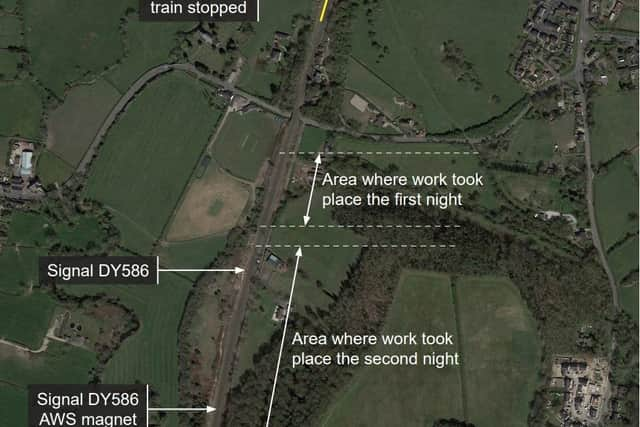

“The passage of time may tend to diminish that understanding, but three events with similar causes in the last six years shows that it cannot be allowed to do so.”
As a result of the investigation, RAIB has issued a set of recommendations and learning points to Network Rail and contractors Bridgeway Consulting and Randstad Solutions, who employed the staff working on the signalling equipment as part of a track renewal project.
The report notes that since the incident, Bridgeway had complied with the recommendation to update its procedures and ensure all its workers received the same non- technical skills training as Network Rail employees, that it had fully cooperated with the investigation and that its signalling staff had no history of similar incidents.
Advertisement
Hide AdAdvertisement
Hide AdBridgeway is currently awaiting publication of two other investigations into the same incident by Network Rail and the Office of Rail and Road, so declined to comment at this stage.
Martin Frobisher, engineering and safety director at Network Rail, said: “Network Rail is proud to run one of the safest railways in the world but this incident could easily have been much worse. The Rail Accident Investigation Branch has delivered a very thorough investigation, which has been tremendously helpful. We have learned a great deal from this incident.
“The lessons from Clapham have not been forgotten and Network Rail has very precise procedures for testing signal equipment. Since the incident at Wingfield we have redoubled our efforts to make sure that signal testing is improved. We are measuring our progress and have seen marked improvement over the last 12 months.”
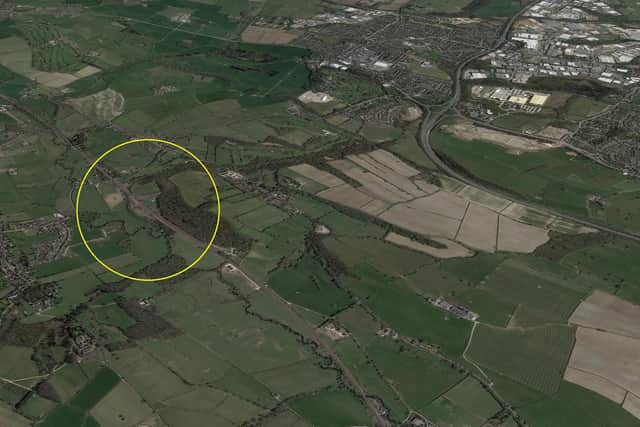

A spokesperson for Randstad Solutions, a multinational company supplying recruitment services to numerous industries, said: “We take safety on the railways extremely seriously and the competence of signal maintenance testing staff is a matter of the utmost importance to us.
Advertisement
Hide AdAdvertisement
Hide Ad“Although our staff members were not actively involved in the installation activities or signal testing which led to this incident, in response we held our own initial investigations and put in place a number of additional safety measures and procedures, which fully comply with the recommendations in this report.”
They added: “Our refreshed training and safety measures — which include non-technical skills such as communication and safe decision making — ensure our staff maintain full compliance with processes at all times.
“We have also implemented further steps to monitor and promote compliance with relevant processes, procedures and rules.”
To read the report in full, go to https://tinyurl.com/2zfbnwhs.